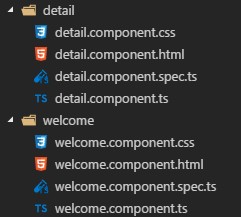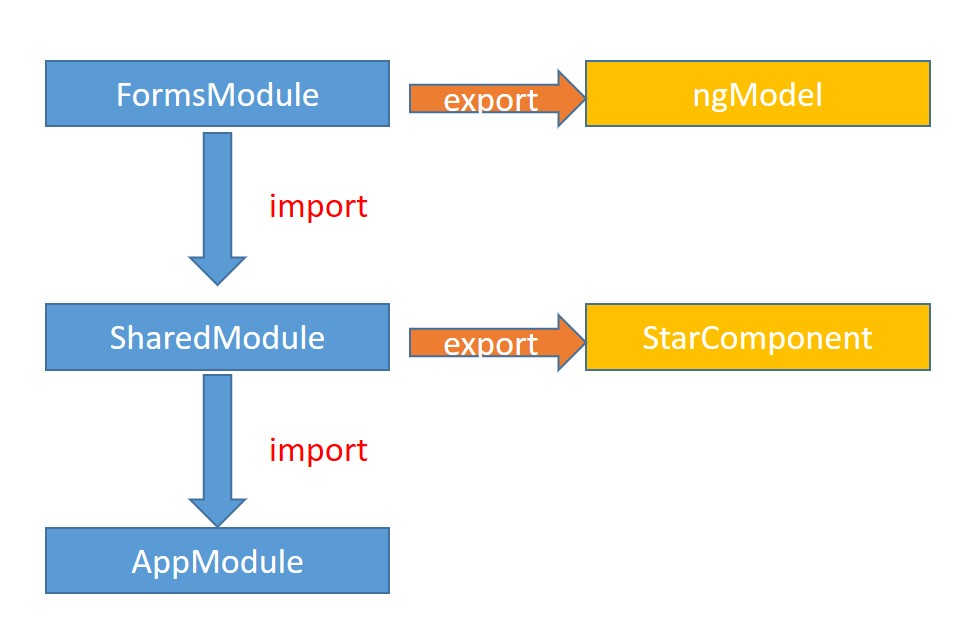[Angular] Bootstrapping App Component
前言
今天要說明的是Angular是如何Bootstrapping Component的。 我們會從 pluralsight的課程 Angular 2: Getting Started 提供的 Github範例 做說明。
要Bootstrapping Component我們需要完成兩件事情
- Load the root component(bootstrapping)
- Host the application
說明
- ts
1 | import { Component } from '@angular/core'; |
- html
1 | <head lang="en"> |
Component的 selector:’pm-app’ 代表指定directive的名稱,而Index的
那現在的問題是,Module是如何知道我們的root application component的呢?
- index.html Import App 資料夾的ES module
- Systemjs.config.js 設定main.js為application的起點,所以main.js就是我們讀取的第一個ES module
- main ts file bootstraps 我們的第一個Angular module,並啟動application
視覺化流程就是這樣





